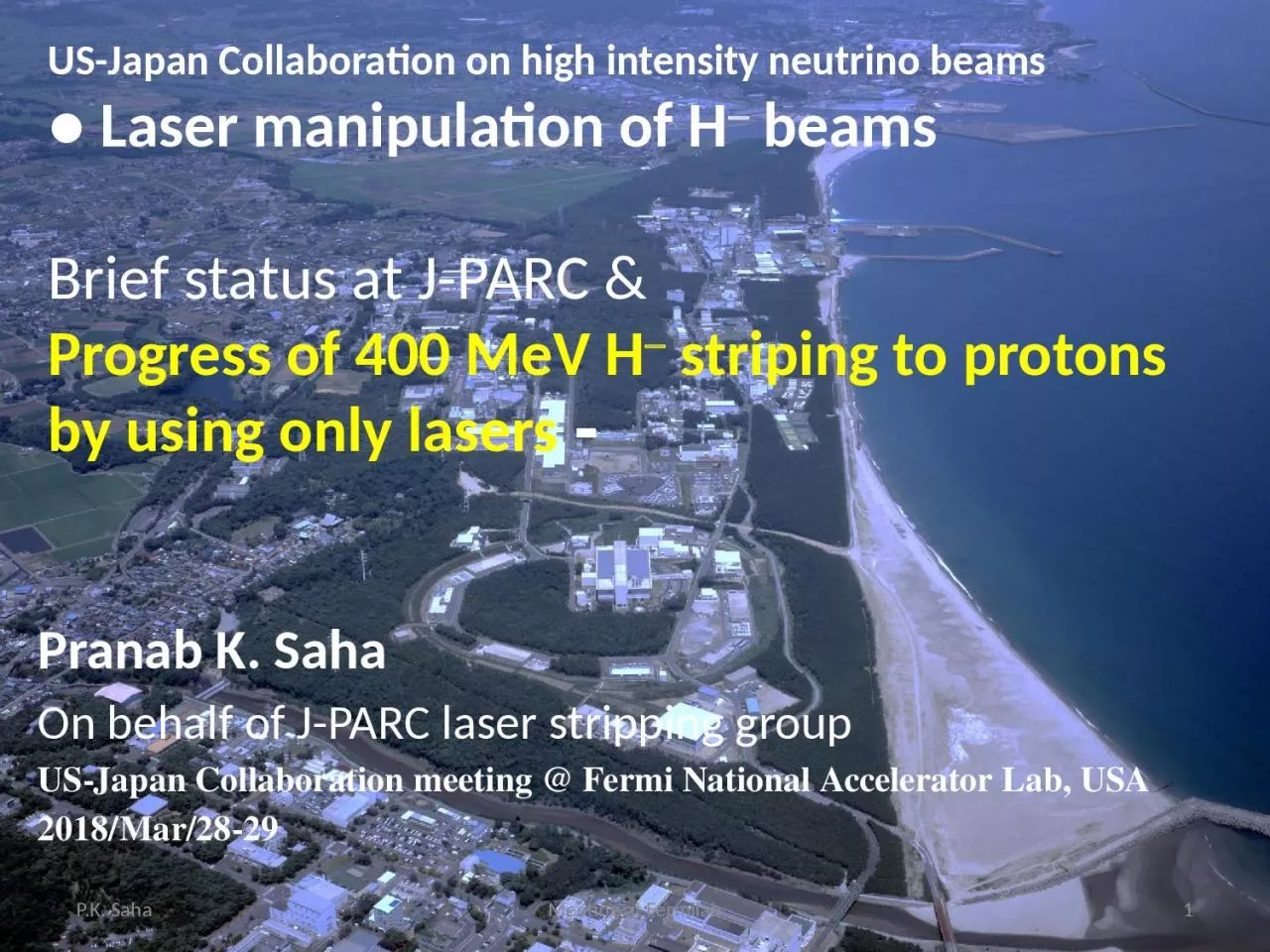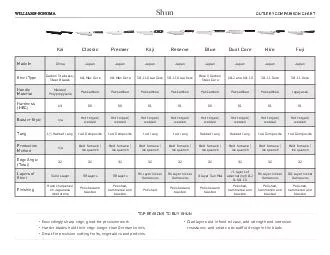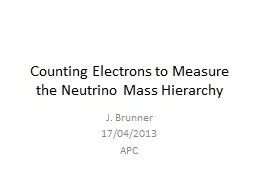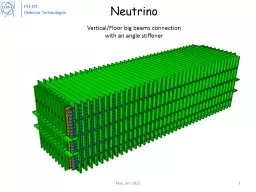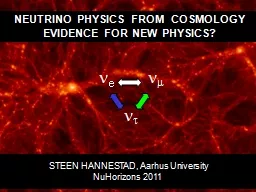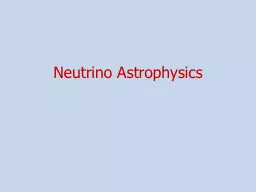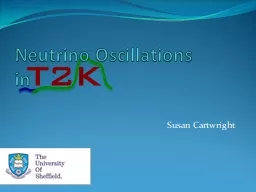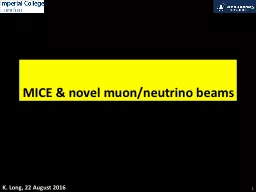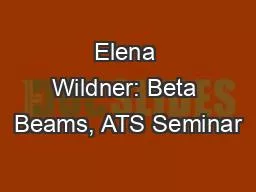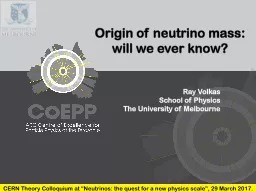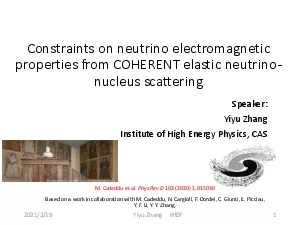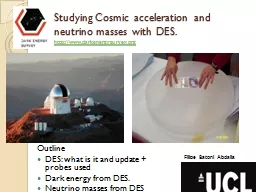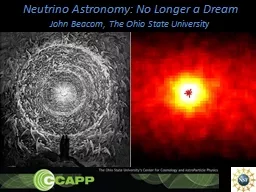PPT-US-Japan Collaboration on high intensity neutrino beams
Author : carla | Published Date : 2022-06-13
Laser manipulation of H beams Brief status at JPARC amp Progress of 400 MeV H striping to protons by using only lasers Pranab K Saha On behalf of JPARC laser
Presentation Embed Code
Download Presentation
Download Presentation The PPT/PDF document "US-Japan Collaboration on high intensity..." is the property of its rightful owner. Permission is granted to download and print the materials on this website for personal, non-commercial use only, and to display it on your personal computer provided you do not modify the materials and that you retain all copyright notices contained in the materials. By downloading content from our website, you accept the terms of this agreement.
US-Japan Collaboration on high intensity neutrino beams: Transcript
Download Rules Of Document
"US-Japan Collaboration on high intensity neutrino beams"The content belongs to its owner. You may download and print it for personal use, without modification, and keep all copyright notices. By downloading, you agree to these terms.
Related Documents

